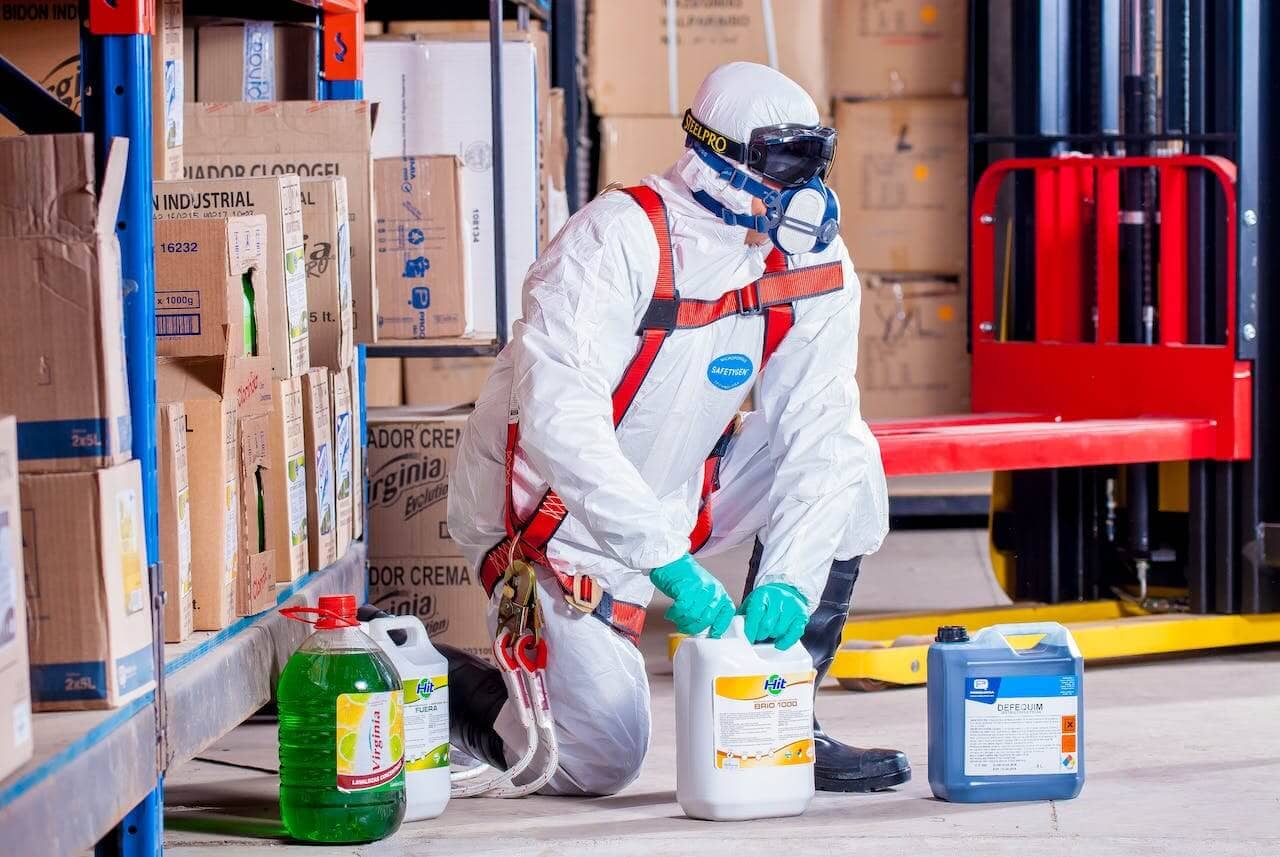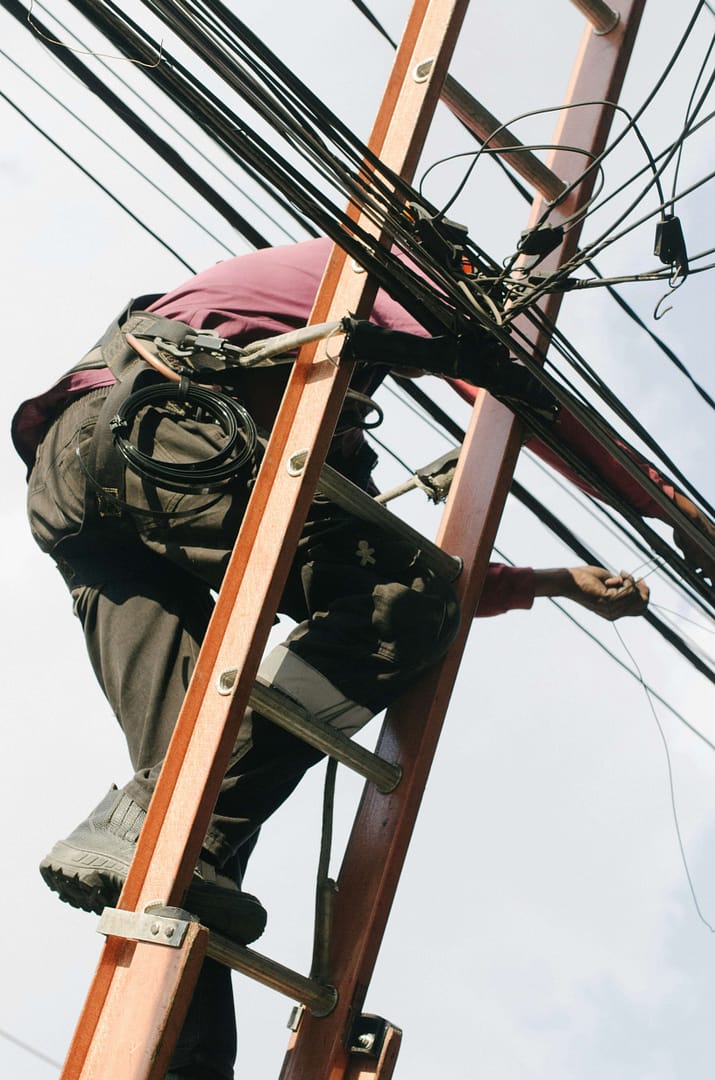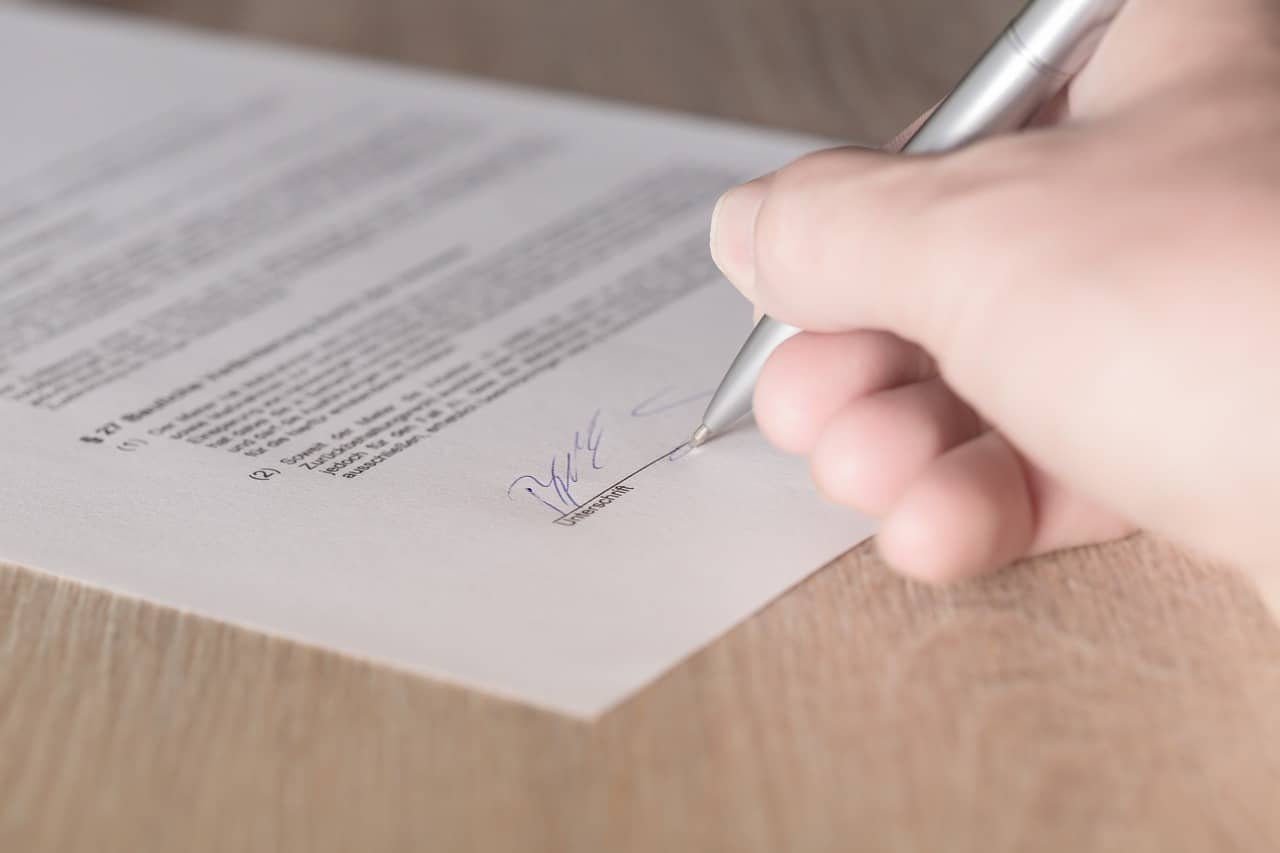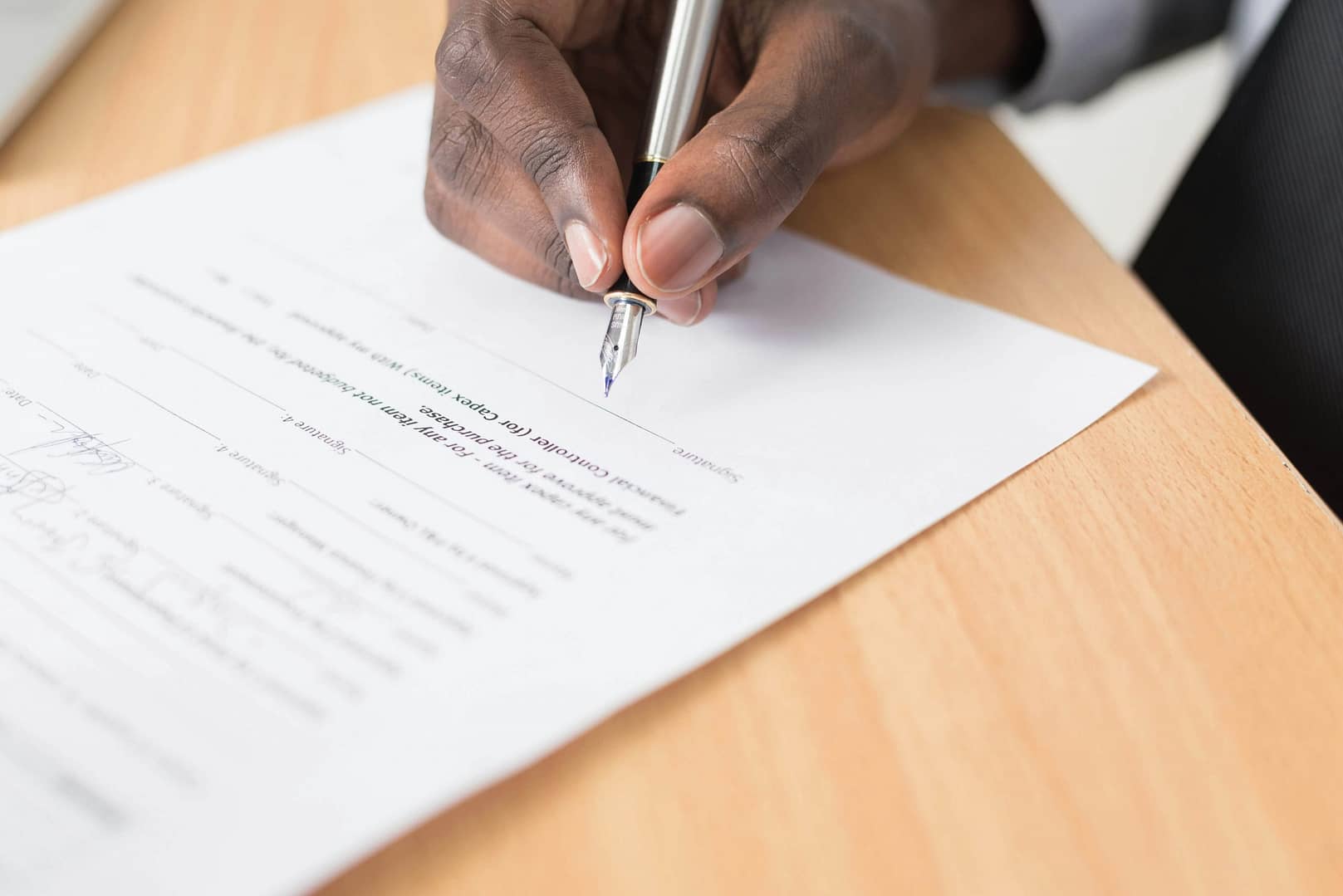Chemical spills can be daunting, whether they occur in a laboratory, manufacturing facility, or even in your own home. The potential harm they pose to both human health and the environment requires a rapid and efficient response. In this article, we’ll delve into the essential steps of a chemical spill response, exploring the intricacies of a well-thought-out plan for swift and effective cleanup.
Understanding the Gravity of a Chemical Spill
Before we embark on the journey of spill response, it’s crucial to recognise the gravity of a chemical spill. These incidents are not just inconveniences; they are potential hazards that demand immediate attention. Picture this: a small container of corrosive chemicals tumbles from a laboratory shelf, creating a hazardous puddle on the floor. What follows next could mean the difference between a minor mishap and a major catastrophe.
1. Assessing the Situation
The first step in any chemical spill response is to assess the situation. Take a moment to gauge the severity of the spill. Is it a small, contained incident or a large-scale emergency? Identifying the chemicals involved is paramount. Knowing the nature of the substances spilled enables responders to choose the appropriate cleanup methods and protective gear.
2. Establishing a Perimeter
With the assessment complete, the next step involves establishing a perimeter. Picture it as creating a safety bubble around the spill site. This not only prevents unauthorised personnel from entering the danger zone but also minimises the risk of the spill spreading. It’s akin to creating a shield, ensuring that the spill is contained and doesn’t escalate into a more significant problem.
3. Donning the Right Gear
Imagine responders suiting up in a chemical spill scenario, resembling characters from a sci-fi movie. The reality is not far off. Donning the right gear is crucial for personal safety. Protective clothing, goggles, and respirators become the armour that shields responders from the potentially harmful substances. It’s like preparing for battle, equipped to face the unseen enemy that is the chemical spill.
4. Executing the Cleanup
Now, let’s talk about the heart of the matter – the cleanup itself. Imagine a well-coordinated team, each member playing a crucial role in mitigating the spill. From absorbing liquids with appropriate materials to safely disposing of contaminated items, the cleanup process is a choreographed dance. It’s about restoring order to the chaos left behind by the spill, much like a team of skilled artists turning a blank canvas into a masterpiece.
5. Decontamination and Review
As the cleanup concludes, it’s time for decontamination and review. Picture responders going through a meticulous process, ensuring that no residue of the hazardous substances lingers on their gear or skin. This step is akin to the heroes of the story cleansing themselves after a battle. Post-cleanup, a thorough review of the incident takes place. What worked well? What could be improved for future spills? It’s a learning experience, making the next response even more efficient.
The Blueprint: A Chemical Spill Response Plan
Now that we’ve walked through the steps of a chemical spill response, let’s zoom out and look at the bigger picture – the chemical spill response plan. Think of it as the blueprint that guides responders through the crisis. This plan, like a well-crafted novel, outlines the characters (responders), the plot (steps of response), and the resolution (cleanup and de-contamination). It is a living document that evolves based on lessons learned and emerging risks.
The Response Plan Components
Preparedness:
Just as a protagonist prepares for an impending challenge, a spill response plan begins with preparedness. This involves training responders, conducting drills, and ensuring that the necessary equipment is readily available.
Identification of Hazards:
Imagine a detective piecing together clues to solve a mystery. In a spill response plan, identifying potential hazards is the detective work. Understanding the chemicals in use and their associated risks is vital for effective response.
Communication Protocols:
In any good story, communication is key. The same applies to a spill response plan. Clear communication channels, both within the response team and with external parties, ensure that everyone is on the same page when crisis strikes.
Emergency Response Procedures:
Just as characters in a story follow a script during a critical scene, responders adhere to emergency response procedures. These are the steps outlined in the plan that guide them through the chaos of a spill.
Continuous Improvement:
The best stories leave room for sequels. Similarly, a spill response plan should allow for continuous improvement. Regular reviews, updates, and incorporating lessons learned from each incident make the plan more robust over time.
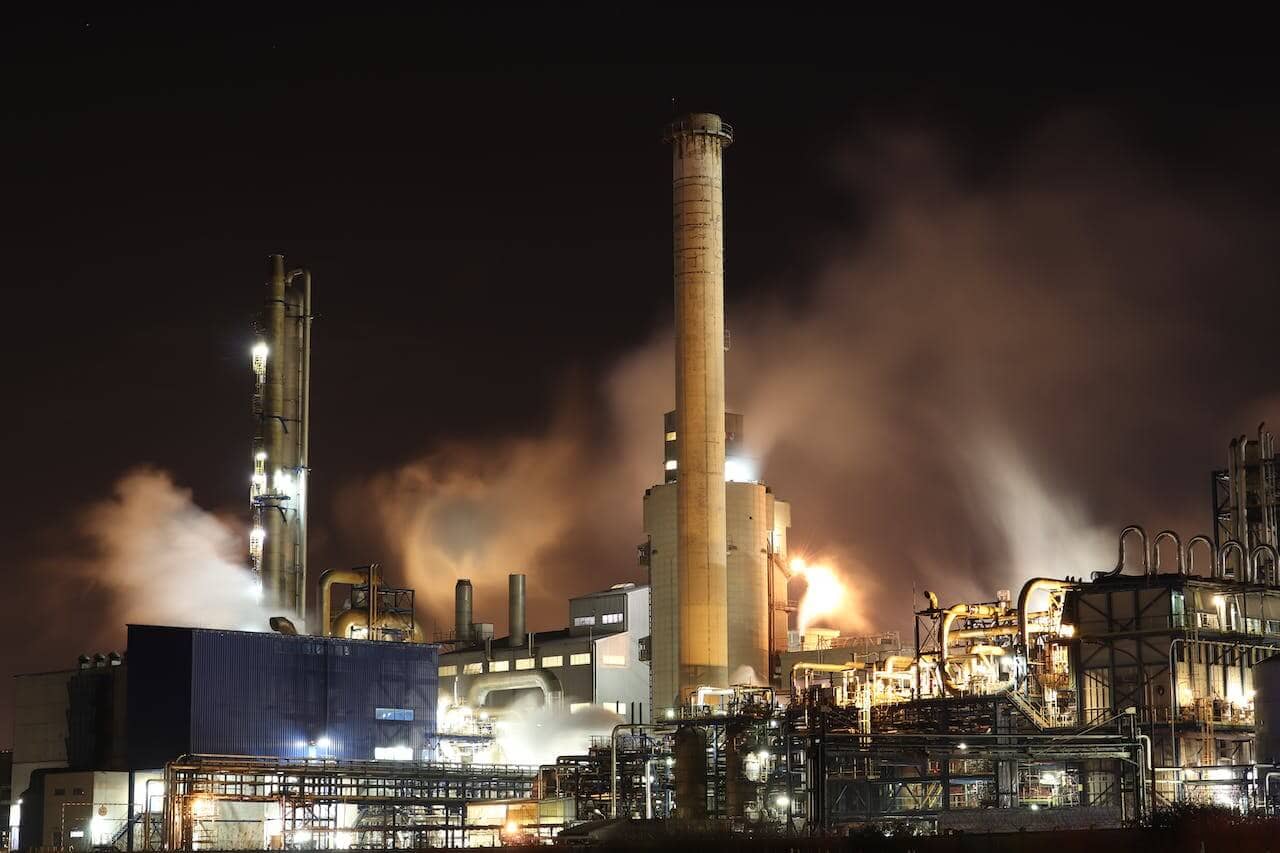
Making an Accident at Work Claim with National Claims
In the unfortunate event of a chemical spill at your workplace, the aftermath might extend beyond the immediate clean up. If you’ve suffered injuries or damages, making an accident at work claim becomes a crucial step. At National Claims, we understand the complexities of workplace incidents, including chemical spills. Our dedicated team is here to guide you through the claims process, ensuring that you receive the compensation you deserve. From documentation to legal representation, National Claims is your partner in navigating the aftermath of a chemical spill.
Conclusion
In the narrative of a chemical spill, the responders play the role of heroes, working diligently to mitigate the impact of the crisis. The steps outlined – from assessing the situation to executing the cleanup – form the chapters of this story. The response plan, like a guiding manuscript, ensures that the plot unfolds with precision.
As we conclude our exploration of “Chemical Spill Response: Steps to Take for a Swift and Effective Cleanup,” remember that this tale is not just about reacting to spills; it’s about proactively preparing for them. In the end, the goal is to turn the potential hazards of a spill into a story of resilience and preparedness, where every responder plays a crucial part in writing the narrative of safety.
Start your claim today with the help of one of our claims specialists by contacting us.
Click below to see why we are one of the most trusted claims management companies in the UK.

We’re proud of our excellent customer reviews
We thrive on delivering exceptional service and ensuring our clients’ satisfaction. Don’t just take our word for it. Check out some of our independent reviews to see what our clients have to say.
Excellent

This firm is excellent, they sorted out my car pay out and injury claim very fast, they always communicate with you all the time.

My accident case was dealt with confidence and with great result of the outcome, especially James kept me informed all the time.

I was very impressed at the way my inquiry was treated. I was listened to attentively and everything I needed to know was explained to me.


